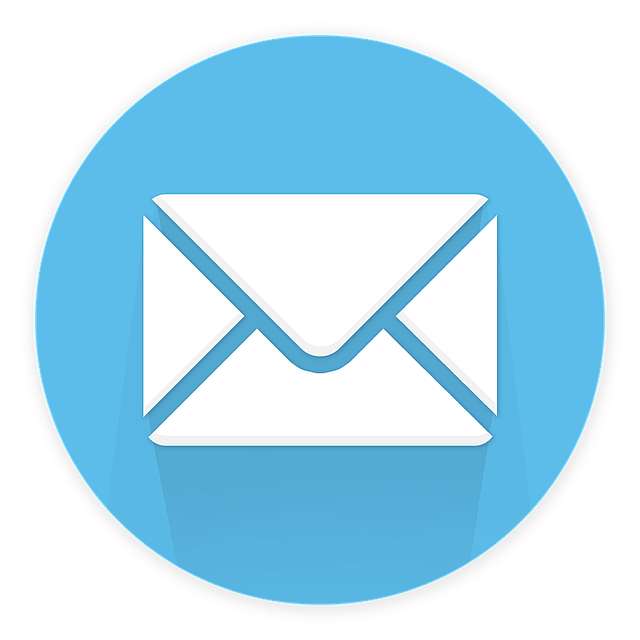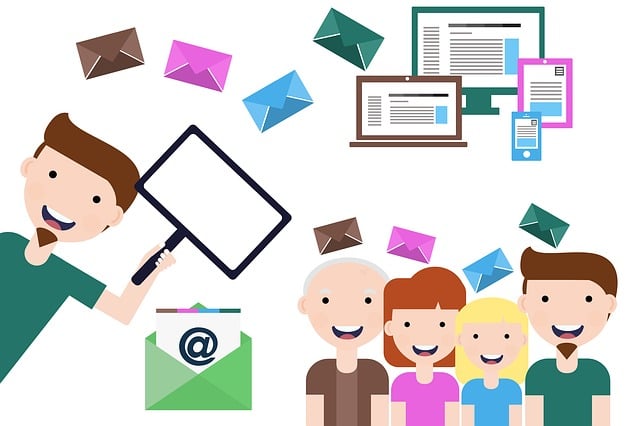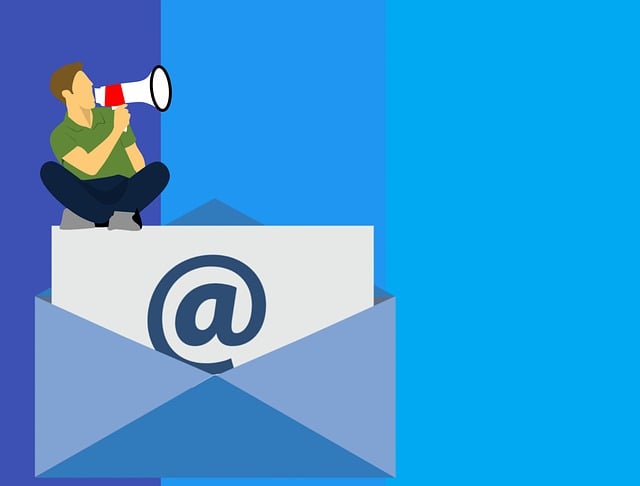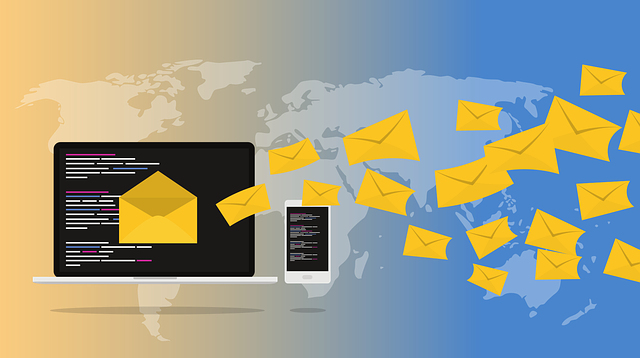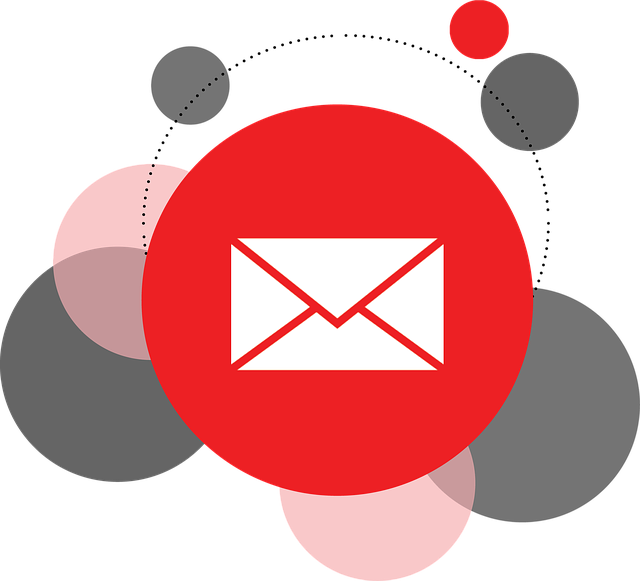Are you tired of sending out generic email blasts and receiving lackluster results? If so, it’s time to harness the power of personalization in your email marketing for content promotion.
Personalization is not just a buzzword; it’s a game-changer that can revolutionize your marketing efforts. By tailoring your content to individual preferences and behaviors, you can create a more engaging and relevant experience for your audience.
Imagine the impact of sending personalized emails that truly resonate with each recipient – it’s like having a one-on-one conversation with thousands of people at once. This level of personalization builds trust, increases open and click-through rates, and ultimately drives conversions.
In this article, we will explore the importance of personalization in email marketing and provide practical tips on how to implement it effectively. Get ready to take your email marketing to new heights and leave your competitors in the dust.
Key Takeaways
- Personalization revolutionizes marketing efforts by tailoring content to preferences and behaviors, creating an engaging and relevant experience.
- Audience segmentation is key for personalization, allowing for tailored content based on understanding the audience’s pain points, challenges, and desires.
- Dynamic content, such as customized subject lines, preheaders, images, and offers, increases open rates and creates an engaging experience.
- Behavioral triggers, like targeted emails based on website browsing behavior and abandoned carts, can be used to send personalized content and drive conversions.
Understand Your Audience
You need to really get to know your audience if you want to create personalized email content that will captivate them. Personalization advantages in email marketing are abundant, and one of the key strategies to leverage is audience segmentation.
By dividing your audience into smaller, more specific groups based on their preferences, demographics, or behavior, you can tailor your content to their unique needs and interests. This approach allows you to deliver targeted messages that resonate with each individual, increasing the likelihood of engagement and conversions.
Understanding your audience also helps you identify their pain points, challenges, and desires, which can further inform the content you create. So, take the time to analyze your audience, gather data, and develop a deep understanding of who they are. This knowledge will empower you to tailor your content effectively and deliver emails that truly resonate with your subscribers.
Tailor Your Content
When tailoring your content for email marketing, it’s important to use dynamic content that can be customized based on your audience’s preferences. This allows you to deliver personalized messages that resonate with each individual subscriber.
Another effective way to tailor your content is by customizing subject lines and preheaders to grab your readers’ attention and make them want to open your email.
Lastly, personalizing images and offers can create a more engaging and relevant experience for your subscribers, increasing the chances of conversion.
Use Dynamic Content
Optimize your email marketing efforts by incorporating dynamic content that tailors the message to each individual recipient, creating a personalized experience that will leave them feeling valued and understood.
Personalization benefits are numerous, and using dynamic content is one of the most effective strategies to achieve them. By dynamically inserting content based on recipient data, such as location, past purchases, or browsing behavior, you can deliver targeted messages that resonate with each subscriber. This not only increases engagement and click-through rates but also enhances the overall customer experience.
Additionally, dynamic content allows you to showcase relevant products or services, making your emails more compelling and likely to convert. To take your personalization efforts further, you can also customize subject lines and preheaders to grab your recipients’ attention and entice them to open your emails.
Customize Subject Lines and Preheaders
To truly captivate your audience, consider tailoring subject lines and preheaders to grab their attention and entice them to open your emails. Personalization techniques can make a significant impact on the success of your email marketing campaigns. By using your subscribers’ names or including relevant information in the subject line, you can create a sense of familiarity and relevance that will make them more likely to open your email.
A/B testing for subject lines is also a valuable tool to determine which approach resonates best with your audience. Test different subject lines to see which ones generate higher open rates and use those insights to refine your email marketing strategy.
In the next section, we will discuss how to personalize images and offers to further engage your subscribers and drive conversions.
Personalize Images and Offers
Enhance your subscribers’ experience and boost conversions by customizing images and offers tailored specifically for them. By personalizing graphics, you can create a more engaging and relevant experience for your audience. Use their name or location to make them feel special and connected to your brand.
Additionally, you can customize offers based on their past interactions with your content. For example, if a subscriber has shown interest in a particular product or service, you can target them with promotions related to that specific interest. This level of personalization shows that you understand your subscribers’ needs and preferences, increasing the likelihood of conversion.
Moving forward, let’s explore how you can use behavioral triggers to further enhance your email marketing strategy.
Use Behavioral Triggers
When someone visits your website, their actions can trigger personalized email content that speaks directly to their interests and needs. Using behavioral targeting and segmentation strategies, you can ensure that each subscriber receives emails that are relevant to their specific behaviors and preferences.
Here are three ways to use behavioral triggers in your email marketing:
-
Track website browsing behavior: Monitor the pages and products that your subscribers view on your website. This data can be used to send targeted emails with recommendations or discounts for similar products.
-
Abandoned cart emails: If a subscriber adds items to their cart but doesn’t complete the purchase, you can send them a personalized email reminding them of the items and offering an incentive to complete the transaction.
-
Re-engagement emails: Identify subscribers who haven’t engaged with your emails for a while and send them a personalized email with a special offer or content that might interest them.
By using these behavioral triggers, you can create a more personalized and engaging email experience for your subscribers.
In the next section, we’ll discuss how to personalize the sender to further enhance your email marketing strategy.
Personalize the Sender
The key to creating a genuine connection with your audience lies in personalizing the sender of your emails. By personalizing the sender, you can increase engagement and build stronger connections with your subscribers. When recipients see an email from a real person rather than a generic company name, they are more likely to open it and engage with the content. Personalization allows you to establish trust and credibility, making your audience feel valued and understood. To effectively personalize the sender, consider using a real person’s name, such as the CEO or a customer service representative, and include their photo and a brief bio in the email signature. This human touch will help create a more personal and relatable experience for your subscribers. In the next section, we will discuss how to test and optimize your personalized email campaigns for maximum effectiveness.
Test and Optimize
To truly fine-tune your email campaigns, it’s crucial to experiment and refine your approach through testing and optimization.
Testing different variations of your email content, subject lines, and call-to-actions will allow you to gather data on what resonates best with your audience. By analyzing the results, you can identify what elements of your email are most effective and optimize your future campaigns accordingly.
A/B testing is a great way to compare different strategies and determine which one performs better. Additionally, monitor key metrics such as open rates, click-through rates, and conversions to measure the success of your emails.
By constantly testing and optimizing, you can continuously improve the performance of your email marketing campaigns. This will help you build trust with your audience and respect their privacy while promoting your content.
Respect Privacy and Build Trust
Respecting privacy and building trust is crucial in order to establish a strong connection with your audience and gain their loyalty.
When it comes to email marketing, personalization is key. By understanding your customers’ preferences and needs, you can tailor your content to their specific interests, enhancing their overall user experience. However, it’s equally important to respect their privacy and protect their personal information.
Make sure to obtain their consent before sending any promotional emails and provide them with the option to unsubscribe at any time.
Building customer loyalty requires a foundation of trust, and by being transparent and respectful of their privacy, you can foster that trust. Ultimately, this will lead to increased engagement, higher conversion rates, and a long-lasting relationship with your audience.
Frequently Asked Questions
How can I effectively understand my audience’s preferences and interests in email marketing?
To effectively understand your audience’s preferences and interests in email marketing, start by using customer segmentation. Divide your audience into smaller groups based on demographics, behavior, and interests.
Collect data through surveys, website analytics, and past interactions. Analyze this data to identify patterns and trends.
Use this information to tailor your email content, offers, and promotions to each segment. By personalizing your emails, you can increase engagement, conversions, and overall customer satisfaction.
What are some strategies to tailor content specifically for individual subscribers in email marketing?
To tailor content specifically for individual subscribers in email marketing, you can use strategies for segmenting subscribers and personalization through dynamic content.
By segmenting your subscriber list based on demographics, behaviors, or preferences, you can send targeted emails that resonate with each group.
Additionally, using dynamic content allows you to customize the email content based on individual subscriber data, ensuring a personalized experience that increases engagement and conversions.
These strategies will help you connect with your audience on a deeper level and drive better results.
How can I utilize behavioral triggers to enhance personalization in email marketing campaigns?
To enhance personalization in your email marketing campaigns, you can utilize behavioral triggers. These triggers can help you understand your subscribers’ preferences and tailor your content accordingly. By analyzing their past behavior, such as their website visits or purchase history, you can send them targeted emails that are more likely to engage them.
This will not only enhance engagement but also maximize conversions, as subscribers will receive content that’s relevant and valuable to them.
Why is it important to personalize the sender’s name and email address in email marketing?
Personalizing the sender’s name and email address in email marketing is crucial for several reasons.
Firstly, it helps build trust and credibility with your recipients, as they’re more likely to open and engage with an email from a familiar sender.
Secondly, personalization techniques like using the recipient’s name in the sender’s name or email address create a sense of exclusivity and relevance.
By implementing these personalization benefits, you can significantly increase your email open rates and ultimately drive better results for your content promotion campaigns.
What are some best practices for testing and optimizing personalized content in email marketing?
Ready to take your email marketing to the next level? Start by implementing A/B testing and segmentation optimization.
By testing different versions of your personalized content, you can discover what resonates best with your audience and optimize your campaigns accordingly. This not only increases engagement but also boosts conversions.
So, don’t miss out on the opportunity to connect with your subscribers on a deeper level. Try these best practices and watch your email marketing results soar.
Conclusion
Congratulations! You’ve made it to the end of this eye-opening article about the importance of personalization in email marketing for content promotion.
Now that you’re armed with this knowledge, you have the power to truly connect with your audience. Remember, it’s not just about understanding them; it’s about tailoring your content to their needs.
With behavioral triggers and a personalized sender, you’ll be unstoppable. But don’t forget to test, optimize, and, most importantly, respect privacy and build trust.
So go forth and conquer the world of email marketing with your personalized touch!

